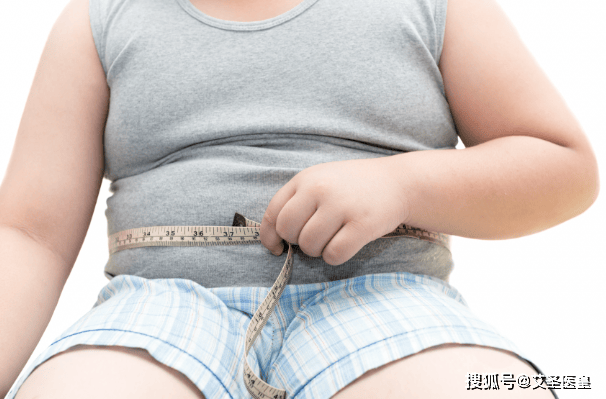In today’s society, there is a wide variety of food, all kinds of delicious and beautiful dishes, and indulging in a feast has almost become a common form of entertainment, which has become a major cause of obesity. Now, with the standard of being slim as beautiful, many female friends treat weight loss as a continuous “career,” trying various methods such as dieting, exercising, and weight loss medications.
However, dieting poses significant risks to physical health. Dieting for weight loss means eating less to gain less weight, but in the long term, aside from the obvious issues of nutritional and vitality deficiencies, it can also damage organ function. Firstly, concerning the liver, there is a reduction in serum protein synthesis, a decrease in protein levels in circulation, and reduced blood output and myocardial contractility. The respiratory muscles weaken and atrophy, leading to a decrease in lung capacity and tidal volume, and the mucosal ciliary cleaning function is impaired.
The digestive function of the stomach declines because gastric acid continues to be secreted while there is no food for the stomach to digest, causing the acid to start irritating itself, which can lead to chronic gastritis, gastric ulcers, and other diseases. Kidney function declines, causing overall fatigue, lack of vitality, and in some cases, different degrees of swelling in the lower limbs.
The harm caused by weight loss medications to the body’s organs is even more severe. Nowadays, there are many types of weight loss medications on the market, generally classified into types that induce bowel movements, absorb tissue fats, or suppress appetite. Most of these weight loss drugs belong to cold and cool categories, which not only damage vital energy, lead to rebound effects in weight loss, but also pose many other risks.
Many weight loss medications contain laxative components, which cause the user’s gastrointestinal system to degenerate; with excessive use, users may become unable to defecate naturally. Consuming those medications that prevent fat absorption can lead to the body being unable to absorb necessary vitamins, which is quite dangerous. Moreover, uncontrolled weight loss can also affect fertility.
Acupuncture with moxibustion can aid in weight loss and disease prevention and has a history of thousands of years in our country. As early as the Spring and Autumn period and the Warring States period, people had started to widely use moxibustion techniques, as recorded in texts like “Zhuangzi” with “Yue people smoke it with moxa,” and “Mencius” states, “The illness of seven years requires three years of moxa.”
Moxibustion stimulates acupoints, adjusts the balance of qi and blood in the body’s meridians and organs, promotes gastrointestinal peristalsis, reduces fat absorption, increases excretion, achieving weight loss effects.
The principle of moxibustion for weight loss is as follows:
1. Moxibustion first generates heat: the skin expands its pores when heated, allowing the medicinal compounds to quickly penetrate into the subcutaneous tissue, reaching the disease site directly. For every degree Celsius increase in cell temperature, the rate of oxygen utilization increases by 2.5 times. Moxibustion can enhance the cell’s ability and speed to absorb nutrients.
2. Moxibustion can combine with other traditional Chinese medicines besides moxa: by adding several precious herbal medicines to the moxibustion material, the medicinal properties can quickly reach the disease site, facilitating meridian opening and cell activation through thermal and moxibustion effects.
3. Moxibustion can instantaneously stimulate meridian acupoints and achieve the purpose of unblocking the meridians.
4. When moxibustion is applied to acupoints on the human body, the body’s meridian acupoints have a self-regulating effect. For instance, diarrhea and constipation are completely opposite states, but by moxibustion at the Tianshu acupoint alone, both issues can be resolved.
5. After moxibustion, there will be a phenomenon of thermal sensitivity in the meridian acupoints. There may be sensations of heat transmission, local coolness with distant warmth, or the occurrence of other non-thermal sensations such as soreness, swelling, pressure, heaviness, pain, numbness, coldness, etc., depending on the treatment area or distance from it.
The expert reminds that moxibustion should be conducted in formal medical institutions or by qualified professionals to avoid burns and other accidents. Additionally, after moxibustion, it is important to keep warm and avoid immediately facing cold winds or taking showers.


